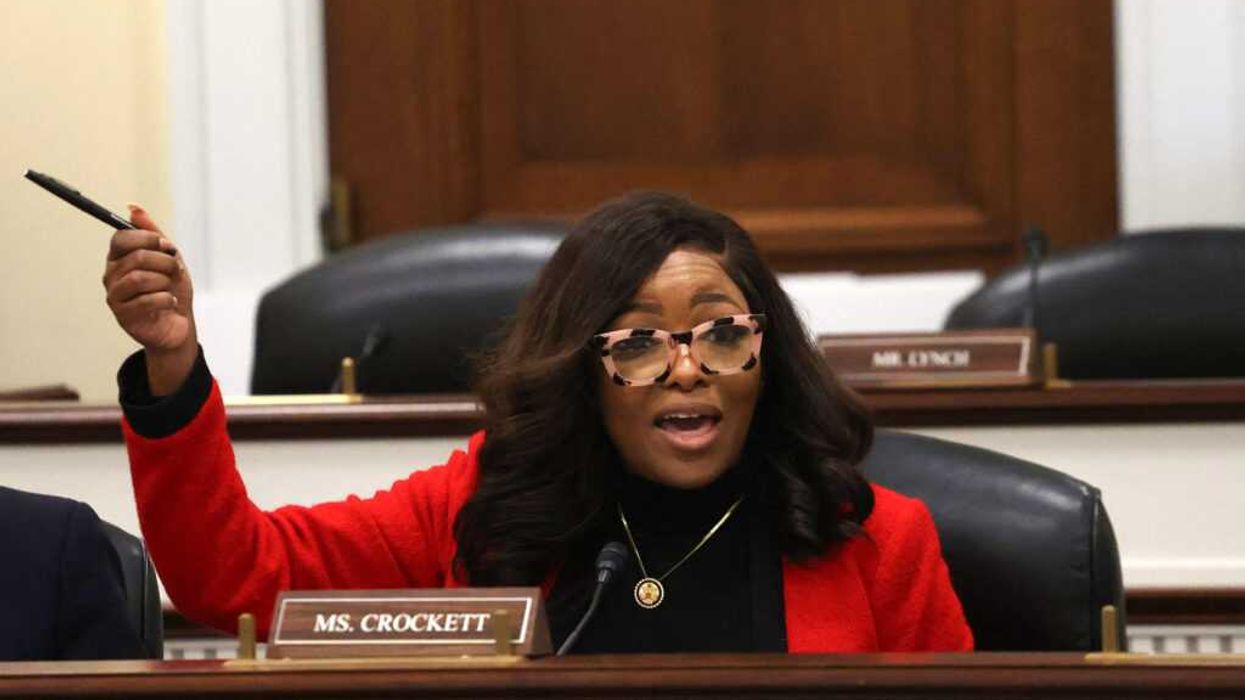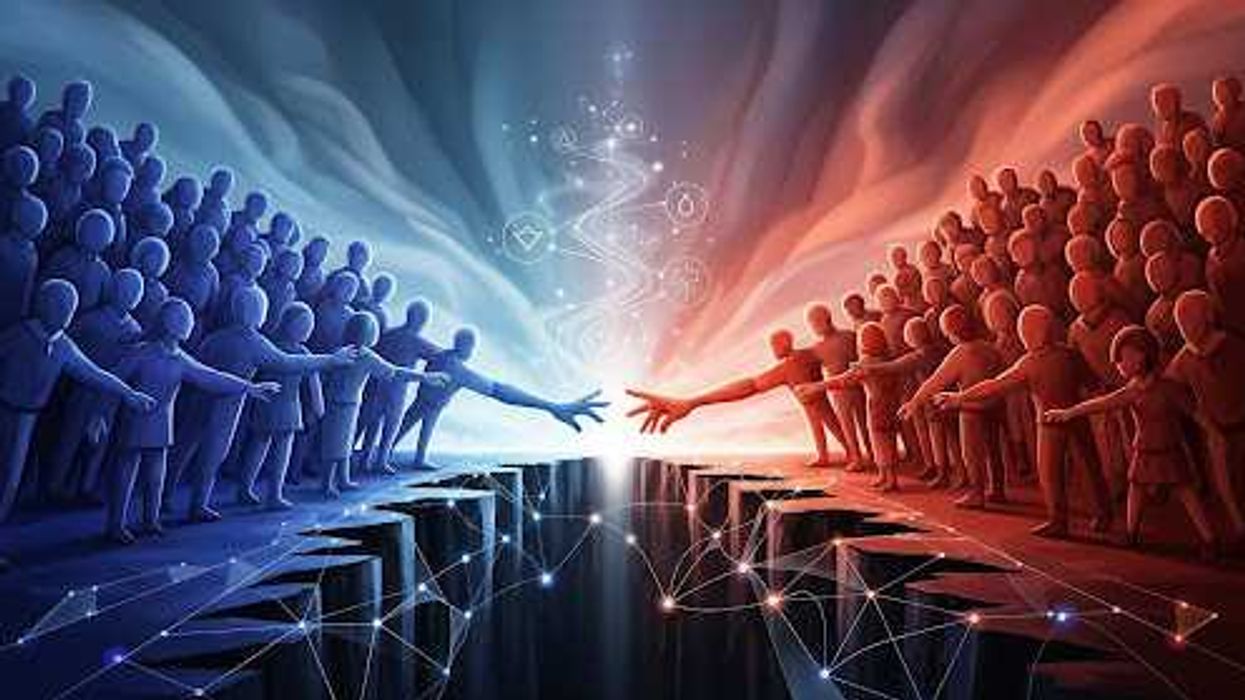Originally published by The 19th.
Donald Trump’s political ascent was initially greeted warily by both the Republican establishment and the anti-abortion groups in the party’s base. But in her latest book published this week, abortion law historian Mary Ziegler argues that Trump was able to reach the White House because of, not in spite of, the grassroots anti-abortion movement.
In “Dollars for Life,” Ziegler, who recently joined the law school faculty at the University of California, Davis, traces how some prominent leaders in the anti-abortion movement were also instrumental in the push to relax campaign finance laws. One result was the rise of populism within the Republican Party that opened the door for candidates like Trump.
The 19th spoke to Ziegler ahead of the book’s release about the anti-abortion movement, campaign finance rules, and how the two intersected to create an opportunity for a non-establishment GOP figurehead.
This interview has been edited for length and clarity.
Amanda Becker: This is the first time I’ve really seen this topic explored: campaign finance and links to abortion politics. How did you know this was your next book? Why was this an important story to tell at this moment?
Mary Ziegler: I just started to see anti-abortion groups in all these places having nothing to do with abortion — like campaign finance, like voting restrictions — and I wanted to know what was going on. That made me curious.
Why I wanted to write this was twofold: I began to think the Supreme Court was going to overturn Roe, so I saw this as partially a book about how that happened. And relatedly, I think that how that happened is not just a story about abortion, or about women’s rights. During this research, I saw that the effort to overturn Roe had changed the way a lot of our political system had worked, and contributed to really significant changes in the function of our system.
Do you now see the movement to end abortion and the movement to gut campaign finance regulations as parallel movements, intertwined movements, or kind of one and the same?
They’re definitely not one and the same — there are people in the movement to undo campaign finance restrictions who were pro-choice. For example, the ACLU has historically been opposed to campaign finance restrictions and supportive of abortion access. There are organizations on the right that are more libertarian that are maybe not supportive of abortion rights but certainly don’t prioritize abortion rights in the kind of litigation they do. And there are folks in the anti-abortion movement who don’t support or really care about restrictions on campaign finance. So they are more movements that have intersected in particularly consequential ways. They’re not the same movement.
But I think there’s a story about how social conservatives made a major contribution to the fight against campaign finance reform that we often don’t think about. And it’s somewhat counterintuitive, right? Often when we think about the fight against campaign finance reform, we think about the people with the most money, the people who stand to gain the most. There’s an important piece of the story about conservatives trying to fight campaign finance limits for other reasons.
I think the conventional wisdom is that unlimited money in politics hurts the little person. One of the points you make in the book is that relaxation of campaign finance restrictions allowed the grassroots conservative movement to gain more power than the establishment wing of the Republican Party. Did you see that trend on both sides of the aisle? In a way did the relaxation of campaign finance laws make it a more democratic process to influence the Republican Party?
The relaxation of campaign finance laws has had a pretty complicated effect on democracy. On the one hand, more people are donating so the number of people who participate in elections by donating to candidates or campaigns or PACs has gone up over time, and that’s true of progressives as well as conservatives. I think the complicated part has been that on the right, there’s been a kind of perfect storm of factors that have empowered populists … and that’s made it such that you have candidates like Marjorie Taylor Greene or Trump, who the establishment would probably view as unelectable, in part because they’re not committed to democratic principles. So the story isn’t that it’s been good or bad for democracy – it’s been both.
James Bopp, a conservative attorney who has advised the National Right to Life Committee since the 1970s, among other organizations, is a character who surfaces again and again in your book. Is there a way to assess the impact he’s had on the anti-abortion and anti-campaign finance regulation movements? If he wasn’t working on these two things, would the world look a lot different?
He’s obviously kind of the hero, or antihero, of the book. If we’re trying to understand the motives of people who felt this way, it was the easiest for me to understand him. I had the most insight into what he was doing. It wasn’t always true that the strategies he developed or the arguments he made worked; quite often they didn’t. But he was able, along with his colleagues at the National Right to Life Committee, to see opportunities that others weren’t yet recognizing. So it’s hard to say. This isn’t a narrative about one person who changed the world or even one organization. But I think that if you’re trying to understand how social conservatives come on board, the National Right to Life Committee is pretty central to that story. And Bopp was the leader of that effort within the National Right to Life Committee.
Bopp was also an attorney in Citizens United, the Supreme Court case that upended campaign finance rules. He is kind of everywhere on conservative causes here in Washington. What other things and causes has Bopp been involved in over the years that people might recognize or remember?
He was involved with True The Vote and some of the litigation in the immediate aftermath of the 2020 election. He’s been involved in representing folks like Madison Cawthorn [a Republican House lawmaker from North Carolina] and Marjorie Taylor Greene [a Republican House lawmaker from Georgia] against charges that they were involved in the insurrection. He’s been kind of a steady figure in the Republican National Committee and the Republican Party, writ large. He’s helped represent organizations opposed to marriage equality and same-sex marriage.
You explain several shifts in anti-abortion electoral strategy in the book. In the 1980s and 1990s, for example, you said they tried to “pick winners” among the presidential contenders. Trump was initially embraced by neither his party nor the anti-abortion movement but went on to cement an anti-abortion majority on the Supreme Court and take a number of other steps the movement lauded. What changed?
They were primarily focused on candidates who could win, much as the GOP establishment was, and only later, I think, began to see the promise of populist movements. I think there was a feeling, eventually, that the various things that made Trump unappealing could be assets in the sense that there was a hope among folks in the anti-abortion movement, and I think to some extent other conservative grassroots movements, that if Trump did not have allies in Washington, D.C., and did not have a lot of support among voters, and didn’t have a lot of the kind of advantages that establishment politicians had because his approval ratings were always low, that it might make him even more beholden to conservative movements. Part of what Bopp and his allies wanted was a Republican Party that would answer to them rather than the kind of model they thought had been in place before, which was essentially powerful candidates dictating to movements. Trump was more willing to cater to the anti-abortion movement than arguably any Republican president before him.




















